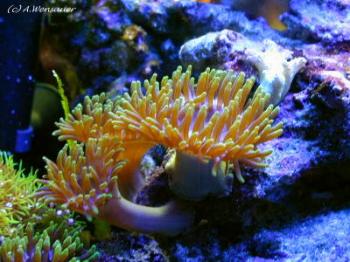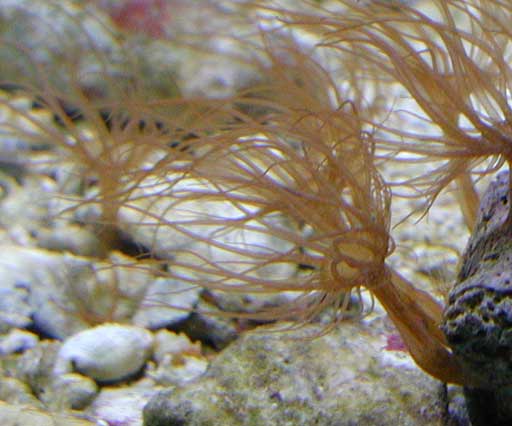I am fairly new to saltwater and with my year old reef tank running I have many anemones all over my rock, glass, & etc at least that is what I think they are. They are kind of a eye sore, not sure if they will cause problems down the road. Also, not sure where they came from, I suspect live rock? These living things, some swim, some look to be just attached to rock, & glass. They look whitish to brown cream color, from very small to quarter in size so far. Some swim around and get ground-up in the power heads, I have heard they can spread from that?
Not usre what they are, I figure they are some sort of anemone. How can I control them, or get rid of them? I have maybe hundreds or thousands of them.
Thanks for any help
Rene
Not usre what they are, I figure they are some sort of anemone. How can I control them, or get rid of them? I have maybe hundreds or thousands of them.
Thanks for any help
Rene






